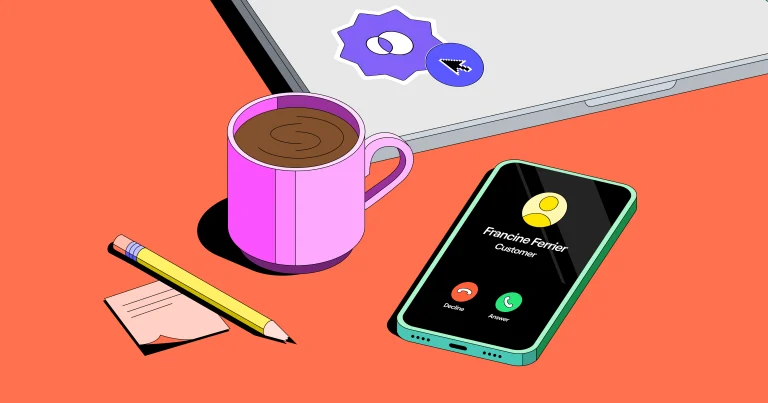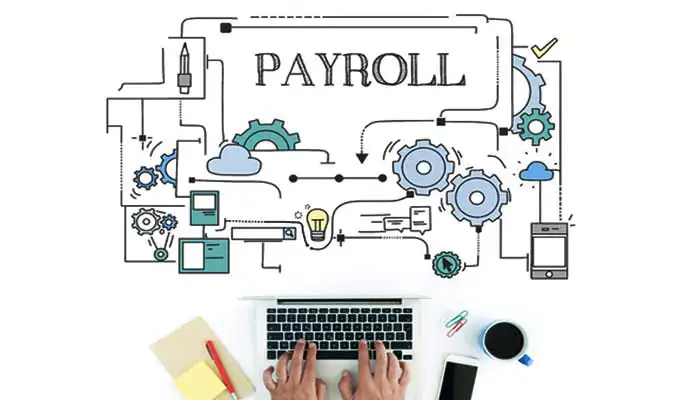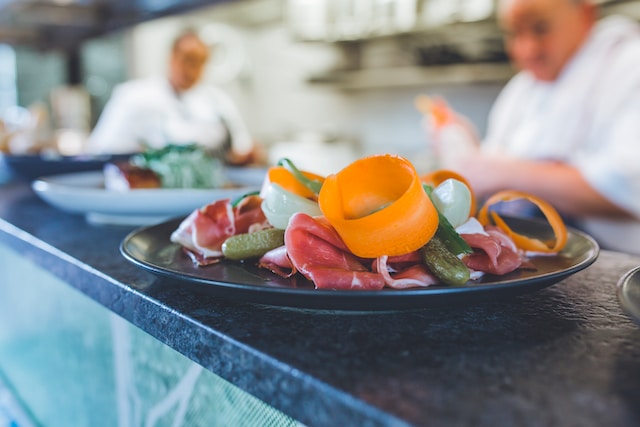Maximizing Efficiency and Creativity in Professional Documentation: A Guide to Spiral-Bound Booklets
Introduction to Spiral-Bound Booklets
Within professional documentation, the quest for a balance between aesthetic appeal, functionality, and resilience often leads to the selection of spiral-bound booklets. As versatile champions in the binding repertoire, spiral-bound booklets cater to an extensive range of needs, from presentations that must impress at a glance to manuals that endure the wear and tear of frequent use. The spiral binding method is a practical option for presenters and readers alike. It entails inserting a metal or plastic coil through holes punched along the edge of the page to create a flexible and secure bind that allows documents to lie flat or be folded over themselves. As such, the value of spiral-bound book printing continues to shine across various sectors, attesting to its adaptability and user-friendly nature.
The Advantages of Spiral Binding
The benefits of spiral binding go beyond mere practicality, encompassing usability, durability, and visual appeal. This binding technique ensures documents remain easy to handle, resilient, and aesthetically pleasing. The sturdy coils used in spiral binding resist bending, preserving the document’s integrity over time. Spiral-bound booklets can lie flat or be folded back, facilitating hands-free reading, saving space on desks, and simplifying handling during presentations or consultations. Moreover, the versatility of spiral binding allows for customization to accommodate various page counts and document thicknesses, ensuring precise adaptation to specific project needs. This makes spiral bound book printing an ideal choice for multiple applications. This flexibility makes spiral binding a go-to for professionals who require documents that look sharp and can withstand frequent usage without compromise.
Selecting the Right Material for Your Booklets
The selection of materials for your spiral-bound booklets is pivotal, as the choice of paper, cover stock, and coil material collectively contributes to the functionality and impression of the final product. High-caliber papers emanate professionalism and lend a certain gravitas to the printed content, while the cover – whether glossy or matte – sets the stage for the reader’s initial interaction with the document. The booklet’s tactile experience can significantly sway the perception of its quality, making the material choices critical. It’s not just about aesthetics; paper weight and cover durability are practical considerations that influence how well a booklet will stand up to its intended use, whether it be frequent handling, travel in a briefcase, or display in a showroom.
Design Considerations for Professional Appeal
Regarding the design of spiral-bound booklets, the details can make all the difference. A well-thought-out layout encompassing consistent margins, legible font choices, and judicious use of whitespace can vastly enhance readability and the overall impact of the document. Visual elements like charts, images, and brand colors should be balanced, complementing the text rather than overwhelming it. Thoughtful design not only helps in conveying the intended message but also aids in creating a signature look for the brand or entity behind the booklet. The objective is to create a cohesive whole with textual and visual elements that fulfill its functional need and make an impact on the reader.
The Role of Booklets in Various Industries
Industries far and wide tap into the utility of spiral-bound booklets to facilitate information dissemination and branding. Educational institutions often prefer them for curricular workbooks and study guides, as they lay flat for easy note-taking. In the marketing arena, tactile brochures and product catalogs that are spiral binding enable potential customers to peruse product offerings seamlessly. Corporate reports, operating manuals, and employee handbooks benefit immensely from this binding method, as it upholds both form and function, essential features for professional, high-stakes documentation. The evolution of custom planners further exemplifies the growing preference for spiral binding, as individuals and corporations alike embrace the flexibility and customization it offers.
Best Practices for Preparing Your Document for Spiral Binding
The preparation phase ensures your document is optimally configured for spiral binding. Attention to detail is paramount, as overlooking aspects such as appropriate margins can result in text obscuring post-binding. Similarly, accounting for page bleed during the design process is essential to avoid any imagery or text being cut off. It’s prudent to collaborate with a professional printer early on to address these technical details, as they will have insight into how best to translate your vision into a polished, bound document. The pre-printing conversation should include dialogue about file types, resolution, and color profiles to ensure the finished product matches your design’s quality and color fidelity.
Innovative Use Cases for Spiral-Bound Booklets
Their application in many innovative contexts evidences the adaptability of spiral-bound booklets. Planners and journals, for example, are customarily tailored to the user’s organizational style, which spiral binding perfectly accommodates due to its flexibility and ease of use. Companies are also harnessing the design capabilities of spiral-bound formats to create engaging and interactive training materials that effectively onboard and continuously educate employees. Artist portfolios, recipe books, and travel itineraries also benefit from the personalization and practical aspects of spiral binding, enabling creators and users to curate content that best suits their needs.
Cost Considerations and Budgeting for Bulk Orders
Cost management is vital for businesses considering spiral-bound booklets as a communication medium or marketing tool. Bulk ordering of booklets can substantially reduce individual unit costs, thus maximizing the return on investment. The price per booklet can scale down depending on the order volume, making the option of spiral binding financially accessible for businesses of various sizes. When budgeting for booklets, transparency with the printer regarding cost breakdowns and potential volume discounts can safeguard against any unexpected expenses. This pre-order clarity allows firms to make well-informed decisions that align with their financial constraints without compromising the booklet quality.
Sustainability and Environmental Impact
The environmental footprint of printed materials is a growing concern, prompting businesses and consumers to gravitate toward more sustainable practices. The selection of recycled or sustainably sourced papers, the utilization of eco-friendly inks, and the reduction of waste are all facets that can influence the eco-conscious production of spiral-bound booklets. Certain printers take these concerns to heart, offering clients greener options and demonstrating a commitment to environmental responsibility. As noted in discussions around sustainability in printing, our choices in producing printed materials can contribute to broader efforts to minimize environmental impact and promote sustainability within the industry.
Closing Thoughts on the Impact of Well-Crafted Booklets
Creating well-crafted, spiral-bound booklets represents more than just the assembly of pages; it’s about creating a vehicle for effective communication, branding, and information sharing that resonates with your audience. A well-crafted booklet can symbolize a business’s commitment to excellence and care, strengthening its brand identity and encouraging a deeper bond with the information it contains. Whether used as educational materials, promotional tools, or professional records, spiral-bound booklets can significantly enhance the delivery and reception of critical messages, leaving a lasting impression on all who interact with them.







